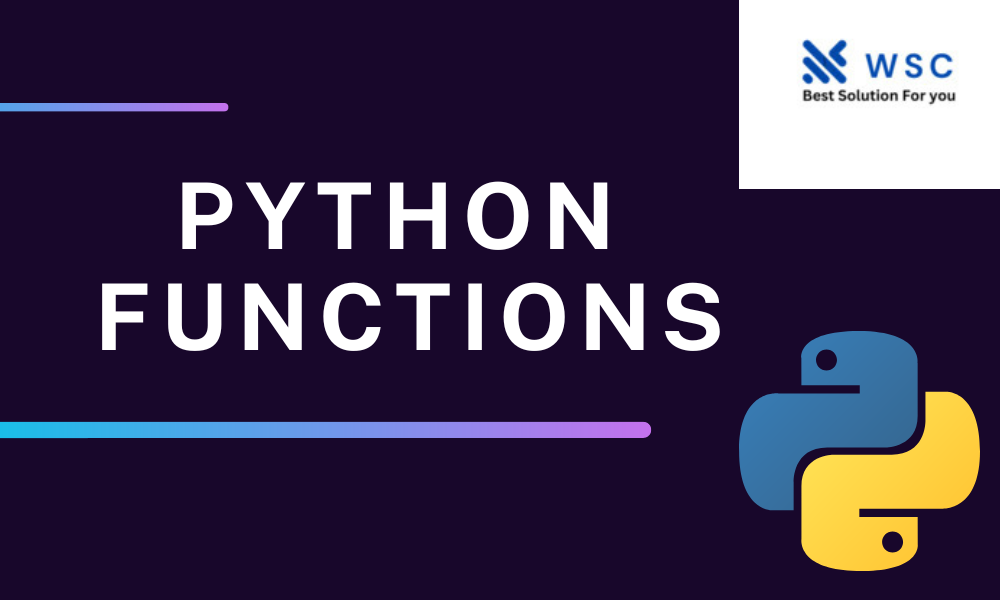Introduction
Are you a Python enthusiast eager to unravel the magic of functions? Look no further – this guide is your key to understanding the fundamental concepts of Python functions and how to use them effectively.
Exploring Python Functions
Functions, often referred to as methods or routines, are a fundamental building block of Python programming. They allow you to encapsulate a sequence of code statements into a reusable block. By using functions, you can enhance code readability, reusability, and maintainability.
The Essence of Defining Functions
Defining a function in Python involves using the def keyword, followed by the function name and a set of parentheses. This is where the function’s parameters, if any, are defined. The function body is indented below, containing the code to be executed when the function is called.
Synonyms of Python Functions
- Methods: Python methods are functions that are associated with objects. They can be called on objects of a certain class and often modify the object’s state.
- Routines: Python routines are sequences of code designed to perform a specific task. By encapsulating these sequences into routines, you make your code more organized and modular.
- Procedures: Similar to routines, procedures are series of steps executed in a specific order to accomplish a particular task.
Understanding Function Parameters
Parameters are the variables that a function accepts when it’s called. They act as placeholders for values that the caller provides. Python supports various parameter types, including positional, keyword, and default parameters.
Code Practice: Creating and Using a Function
Let’s dive into a simple code example to solidify your understanding. Consider a basic function that calculates the square of a given number:
def calculate_square(number):
square = number ** 2
return square
# Calling the function
input_number = 5
result = calculate_square(input_number)
print("The square of", input_number, "is", result)
In this example, the function calculate_square takes a single parameter number, calculates its square, and returns the result.
Conclusion
Python functions are a cornerstone of effective programming. By mastering their usage, you can write cleaner, more organized code that’s easier to maintain and scale. With the basics under your belt, you’re well-equipped to embark on more complex coding adventures.
So, go forth with confidence and start leveraging the power of Python functions in your programming endeavors!
Check our tools website Word count
Check our tools website check More tutorial




